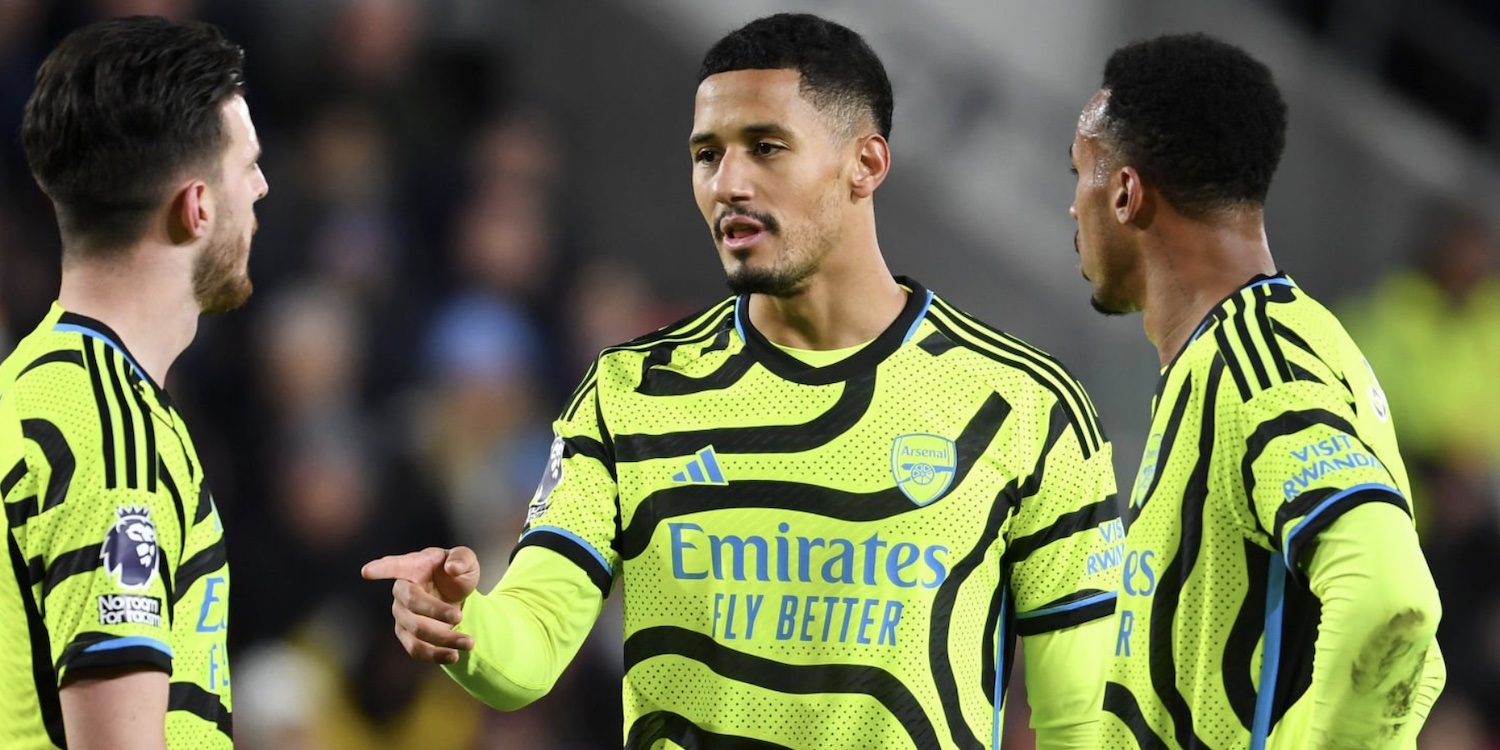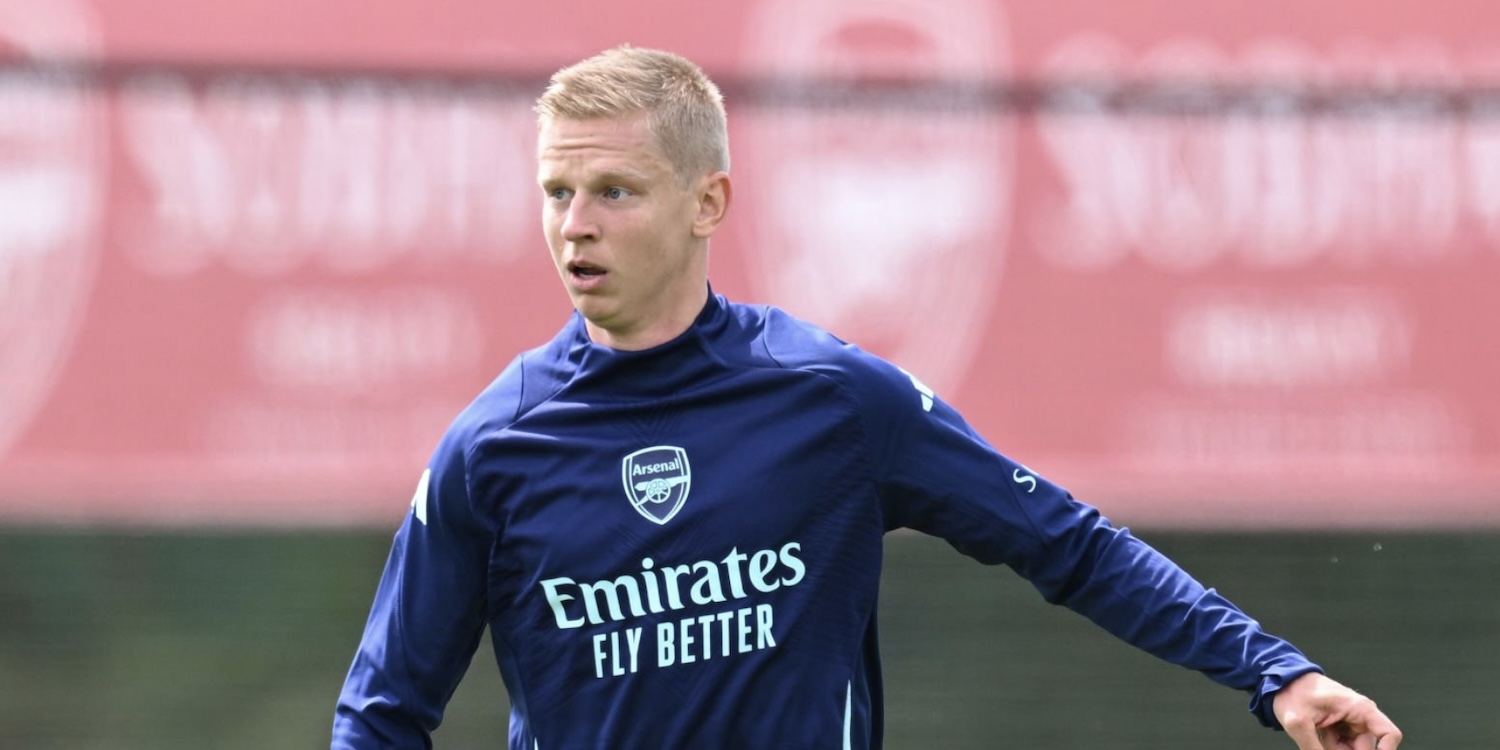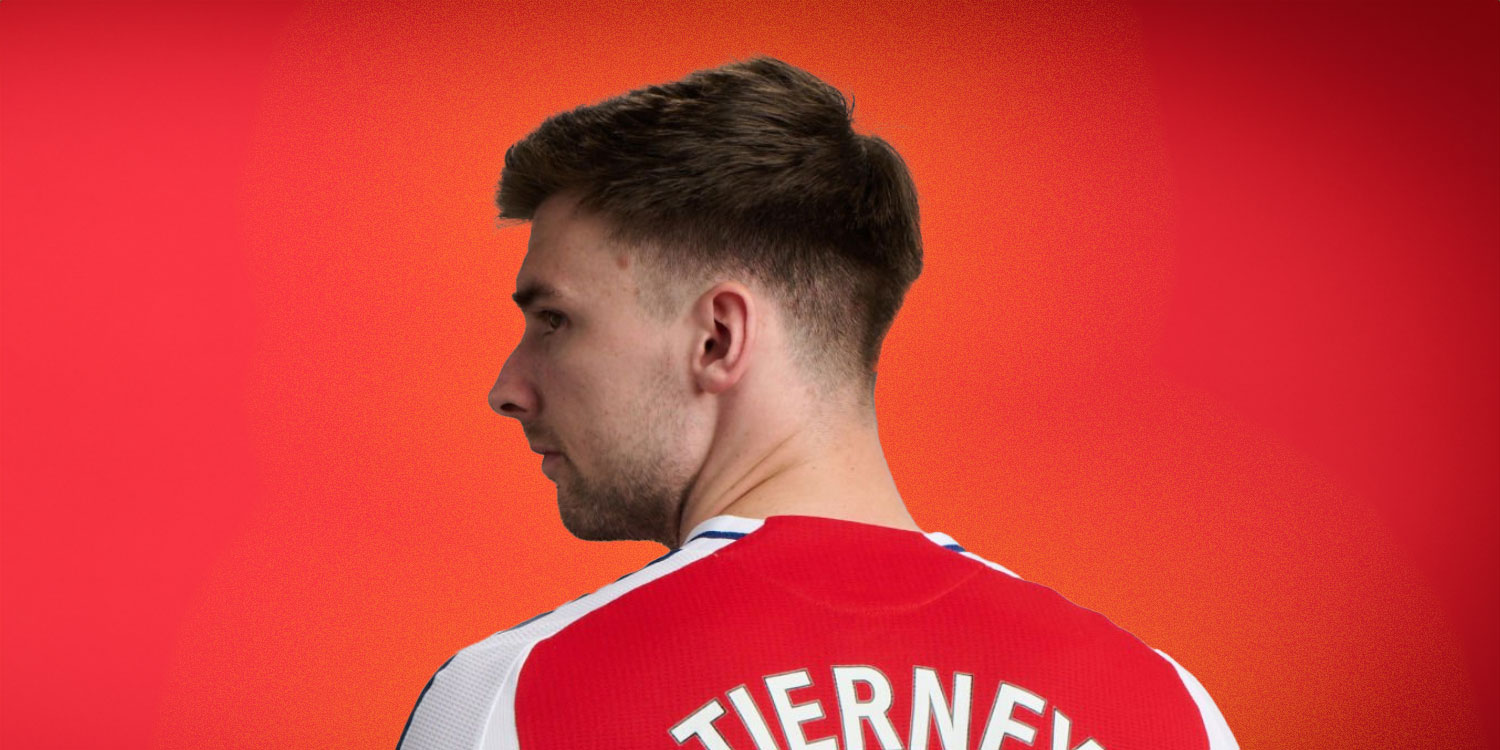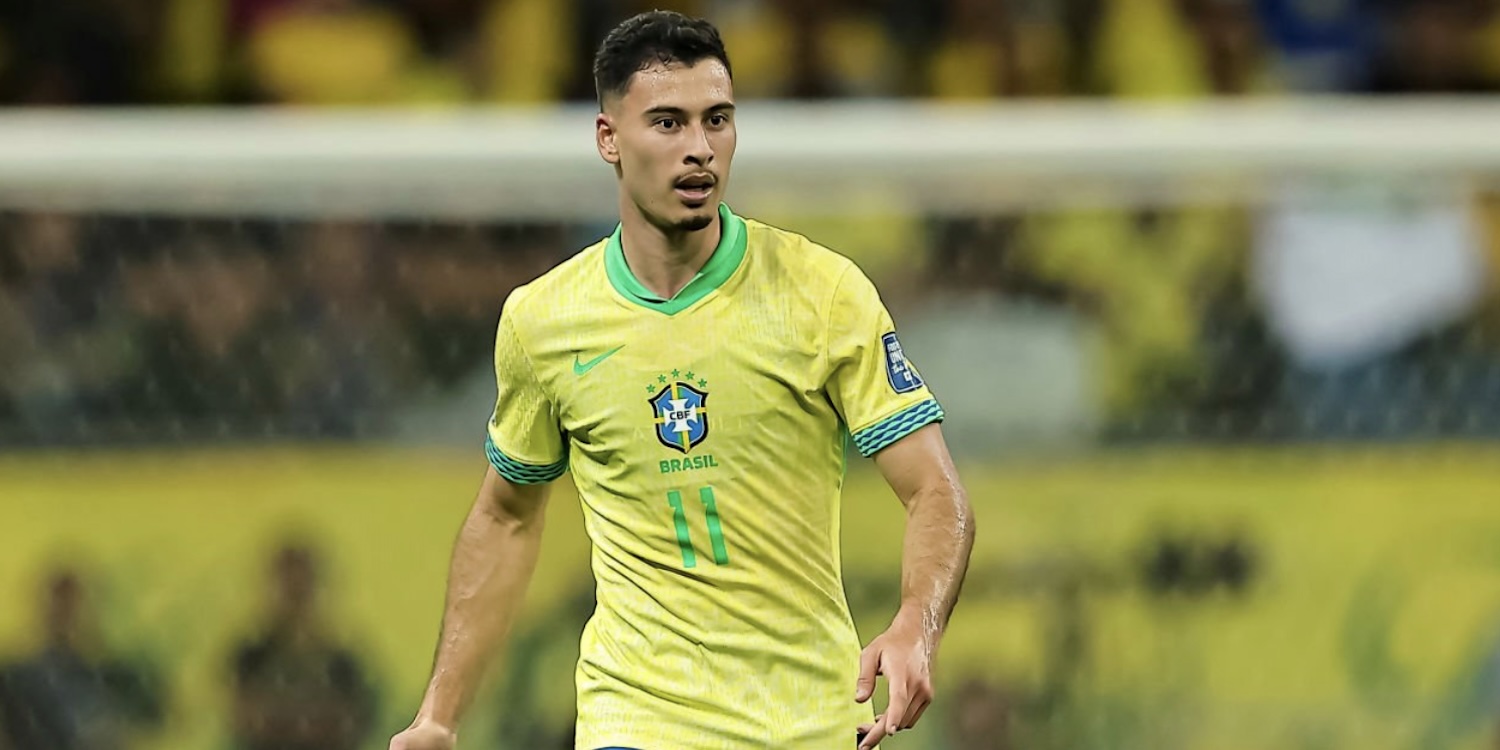ARTICLE AD

As Arsenal fans we have been witnessed some outstanding central defensive partnerships over the years. I was raised during the George Graham era when Tony Adams, Steve Bould and Martin Keown were very much the bouncers in Arsenal’s defensive third. During the 90s Arsenal had a defensive unit that only AC Milan, replete with names such as Maldini and Baresi, could claim to match.
When Arsene Wenger arrived at Arsenal in 1996, he inherited a squad that was not so much ageing as old. Ian Wright, Nigel Winterburn and David Seaman were 33, Tony Adams was 30, Steve Bould was 34 and Lee Dixon was 32. A mixture of an old squad and the club’s first overseas manager that few people in England had heard of led to speculation of an instant teardown rebuild.
I recall a high level of anxiety around Wenger’s arrival- that he might not appreciate the synergy of that defensive unit and that he might not be able to replace it. It was much to everyone’s surprise that it all happened so gradually. Later on; Wenger would remark, with typical philosophical poise, ‘I found they were university graduates in the art of defending and Tony Adams was a professor of defence.’
Wenger largely opted to replace them gradually, one by one. Sylvinho arrived though his, ahem, ‘documentation issues’ meant Ashley Cole supplanted Winterburn. Wenger bought a Cameroonian midfielder from Spain to replace Dixon at right-back (as you do), while Keown remained a mainstay of the team until a young Ivorian midfielder named Kolo Toure came into the backline and took over.
Replacing Adams was a sore point and, for a couple of seasons, Arsenal really carried that weight as Adams’ body began to creak and he could not withstand the rigours of week to week elite football any longer. In the 1999-2000 and 2000-2001 seasons the Gunners finished miles away from Manchester United at the top of the table and it was clear they needed an Adams replacement- which was not the easiest thing to source.
The matter reached a nadir in February 2001 when a back four of Oleg Luzhny, Gilles Grimandi, Igors Stepanovs and Sylvinho were torn asunder at Old Trafford, losing 6-1 (it was 5-1 at half-time). I doubt it was one single game that convinced Arsenal to wreck their wage structure to sign Sol Campbell from Spurs but I imagine that game featured in Arsene’s PowerPoint presentation when he asked the board for the money to convince Campbell to join.
The back four of Lauren, Toure, Campbell and Cole- two converted midfielders and a converted winger alongside Campbell (who made his debut for Tottenham as a centre-forward and played at right-back before moving to the centre of defence) proved to be modern, formidable, savvy and athletic. It was a backline fit for the 21st century.
It’s not a coincidence that it featured so many players who had been converted from midfield. That unit enabled Arsenal to defend on the halfway line. All four of those defenders were exceptional one-on-one defenders and capable of covering space behind them. That is the absolutely crucial piece for any team that wants to dominate teams on a weekly basis, that the defence (and the goalkeeper) can have high starting positions and suffocate opponents.
Under Jurgen Klopp, the legendary front three of Mane, Firmino and Salah is one of the best attacks in the club’s history (and that is saying something for a club like Liverpool). But in 2016-17, Liverpool boasted that front three and scraped fourth place in the league. It was the twin signings of Alisson and Virgil van Dijk that catapulted Liverpool into a team that could win the Premier League and the Champions League.
In the latter Wenger era, the Merterscielny partnership was one very symbiotic with Koscielny in the ‘hunter’ role, meeting attackers high up the pitch and preventing danger before it could percolate, with Mertesacker sweeping up any spillage that might seep towards the penalty area. In 2024, I think we still see the ‘sweeper / hunter’ partnerships in defence but they have evolved a little.
Though there is still a sense of hunter sweeper, now it is not enough for an elite team to have one defender on the halfway line, both need to be able to play there. For the current Arsenal, Saliba and Gabriel is a partnership that has elevated the way that Arsenal can play. Tomiyasu, White, Gabriel and Tierney were a strong enough backline to challenge for 4th place.
White, Saliba, Gabriel and Zinchenko (with Tomiyasu added liberally into one of the full-back positions when required) gave Arsenal the platform to challenge for the title. The strength of the centre-half partnership is based on their ability to cover space. Zinchenko transformed the way Arsenal play by drifting into midfield but that was only made possible by Gabriel’s ability to cover the space to his left so reliably.
Likewise, Saliba can defend on the halfway line because he has that gracile quality where he runs quickly without really looking as though he is moving at all. There is a strong element of good cop bad cop in the pairing. Gabriel has that ‘knife in the teeth’ intensity while Saliba is more of a catwalk defender, moving with elegance and a cocked eyebrow as another forward run is foiled.
I have never seen a 22-year-old that defends with the suaveness of Saliba. Gabriel’s ability to score from corners means he is just beginning to come to the attention of the wider public. Defenders often find their reputations improve when they become unavailable and everyone starts to see the gap they leave behind- as Arsenal did with Saliba last spring. To this point, Gabriel has pretty much never been unavailable since signing in the summer of 2020.
Now they have Declan Rice in front of them, Arsenal have become one of the most formidable out of possession teams in the world. That happens with good coaching, structure and tactics, of course but it’s also not possible unless you are able to significantly overburden players at the base of your team who are capable of hand-to-hand combat.
Saliba and Gabriel are often left to fend off intruders with a baseball bat. While Zinchenko is far from the most natural defender, I also think some fans are ludicrously harsh on him and don’t really consider the difficulty of the task he is assigned. He is asked to play two positions at once and, guys, just think about how incredibly difficult that is for a minute. Look at what happens when we ask other players to do it, too.
I think Mikel Arteta built his team ‘from the back’ out of necessity. Lacazette, Pepe and Aaubameyang were expensive and were always going to take some time to move on, while Saka and Martinelli were already at the club when Arteta was appointed. Replacing the likes of Kolasinac, Mustafi and David Luiz was a more urgent requirement. However, whatever the chronology, the way Arsenal are able to play, on and off the ball, begins with Saliba and Gabriel. Arsenal’s platform in a structural sense and the platform that has seen them move from top four hopefuls to title challengers.
Follow me on Twitter @Stillmanator
The post Platform appeared first on Arseblog ... an Arsenal blog.

.png) 9 months ago
63
9 months ago
63 

